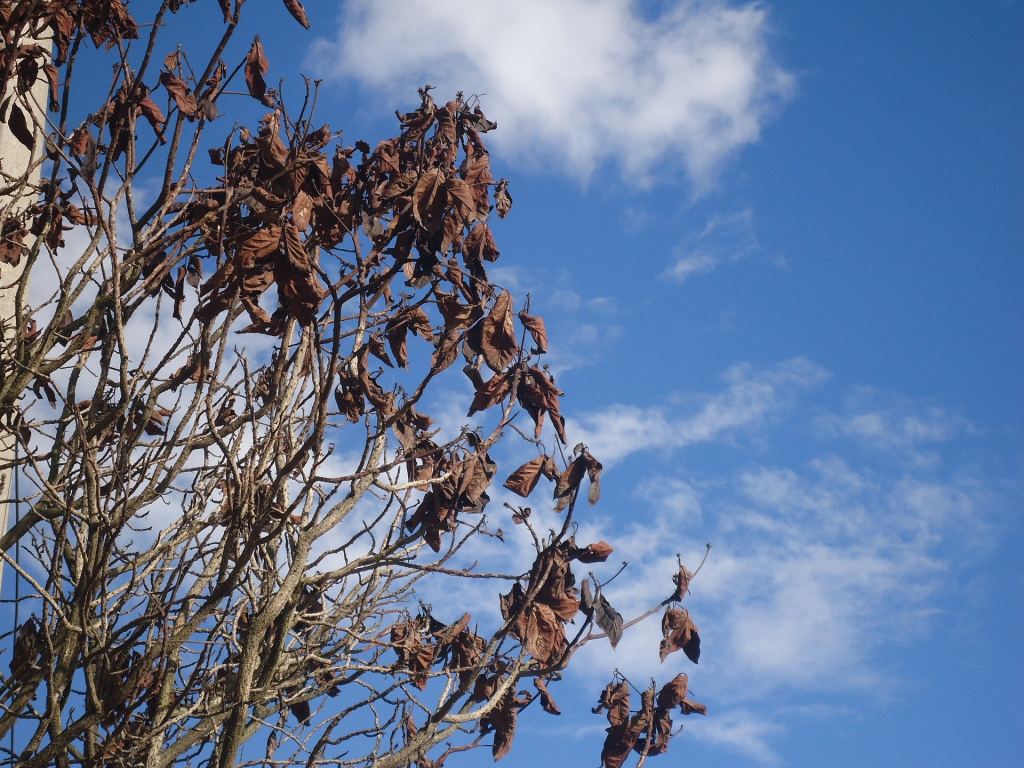
Diagnosing Landscape Plant Problems
All landscapes have plant health issues which arise. A question I am often asked is what is going on and how do I fix it? Some landscape plant health concerns are easy to identify, an aphid infestation for example. Often times issues have more than one causal agent. Abiotic factors many times will lead to biotic issues. Right plant, right place is applicable here.
An abiotic factor is a causal agent which is non-living, such as watering, soil conditions, chemical use, aeration, mechanical damage, etc. Biotic causal agents are living organisms, such as whiteflies, oak root rot, bacterial leaf scorch.
In order to fix the plant problem, it is critical to have an accurate diagnosis. Just like a medical doctor would do during a patient visit, many questions need to be asked and answered for us to be confident about what is going on. Ineffective treatments arise from inaccurate diagnoses.
Because plants and trees can not tell us what is going on, like a medical patient would, we need to ask lots of questions and look for answers to determine a diagnosis. What are the symptoms? A symptom is the plants reaction to a causal agent – stunting, chlorosis, spots, tissue death. Are there signs? Signs are a physical presence of a pest – excrement, casings, mushrooms, frass.
Questions about the plants location, species susceptibility, care, environment, irrigation, planting methods, etc. need to be answered. We are investigators looking for clues to point us towards a diagnosis. Then a treatment plan can be formulated.
Using a systematic, methodical, question based approach is the only way to approach diagnosing landscape plant problems with confidence. Here is a slide show I presented at a recent seminar which outlines the process. Need a consultation and diagnosis? Just ask us!

Fantastic resources, thanks for sharing Tiffany!